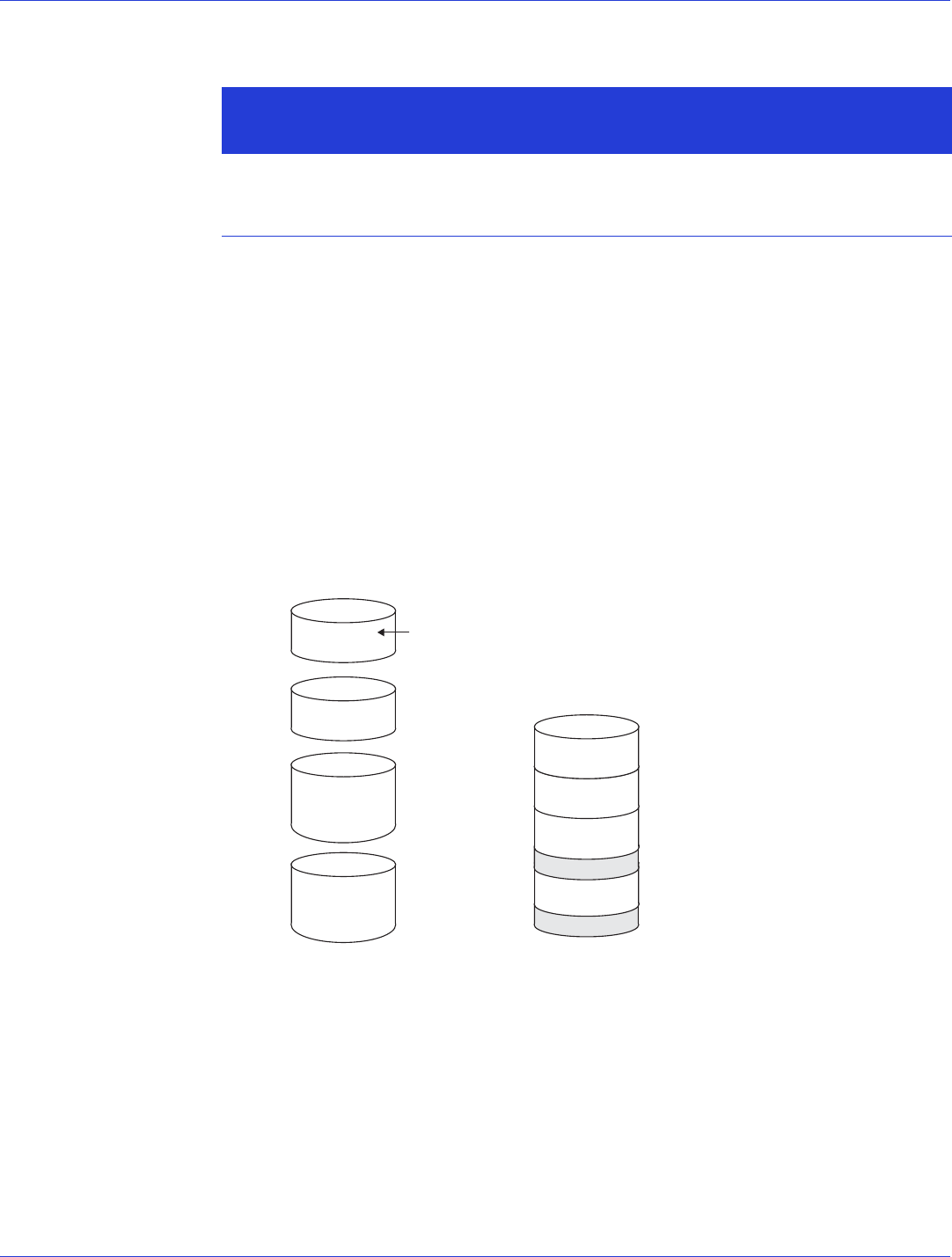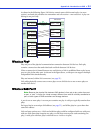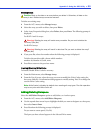
Appendix B: Understanding RAID ● 60
When selecting a RAID level for your system, consider the following factors.
Physical drive utilization, read performance, and write performance depend on the number of
drives in the array. Generally, the more drives in the array, the better the performance.
RAID 0 (Non-RAID Arrays)
An array with RAID 0 includes two or more disk drives (maximum twelve) and provides data
striping, where data is distributed evenly across the disk drives in equal-sized sections.
RAID 0 arrays do not maintain redundant data, so they offer no data protection. However,
compared to an equal-sized group of independent disks, a RAID 0 array provides improved
I/O performance.
Drive segment size is limited to the size of the smallest disk drive in the array. For instance, an
array with two 250 GB disk drives and two 400 GB disk drives can create a RAID 0 drive
segment of 250 GB, for a total of 1000 GB for the volume, as shown in the following figure.
RAID
Level
Data
Redundancy
Physical
Drive
Capacity
Utilization
Read
Performance
Write
Performance
Built-In
Spare Drive
Min Number
of Drives
Max Number
of Drives
0 No 100% Superior Superior No 1 4
1 Yes 50% Very high Very high No 2 2
10 Yes 50% Very high Very high No 4 4
Disk Drive 1
Disk Drive 2
Disk Drive 3
Disk Drive 4
250 GB
250 GB
400 GB
400 GB
Disk Drives in Lo
g
ical Drive
Disk Drive 1
Disk Drive 2
Disk Drive 3
Disk Drive 4
RAID 0 Lo
g
ical Drive = 1000 GB
1
2
3
4
Not Used
Not Used
5
6
7
8
1000
999
998
997
...
...
...
...
Unused Space: 150 GB
Unused Space: 150 GB
Drive Segment Size (Smallest Disk Drive)


















